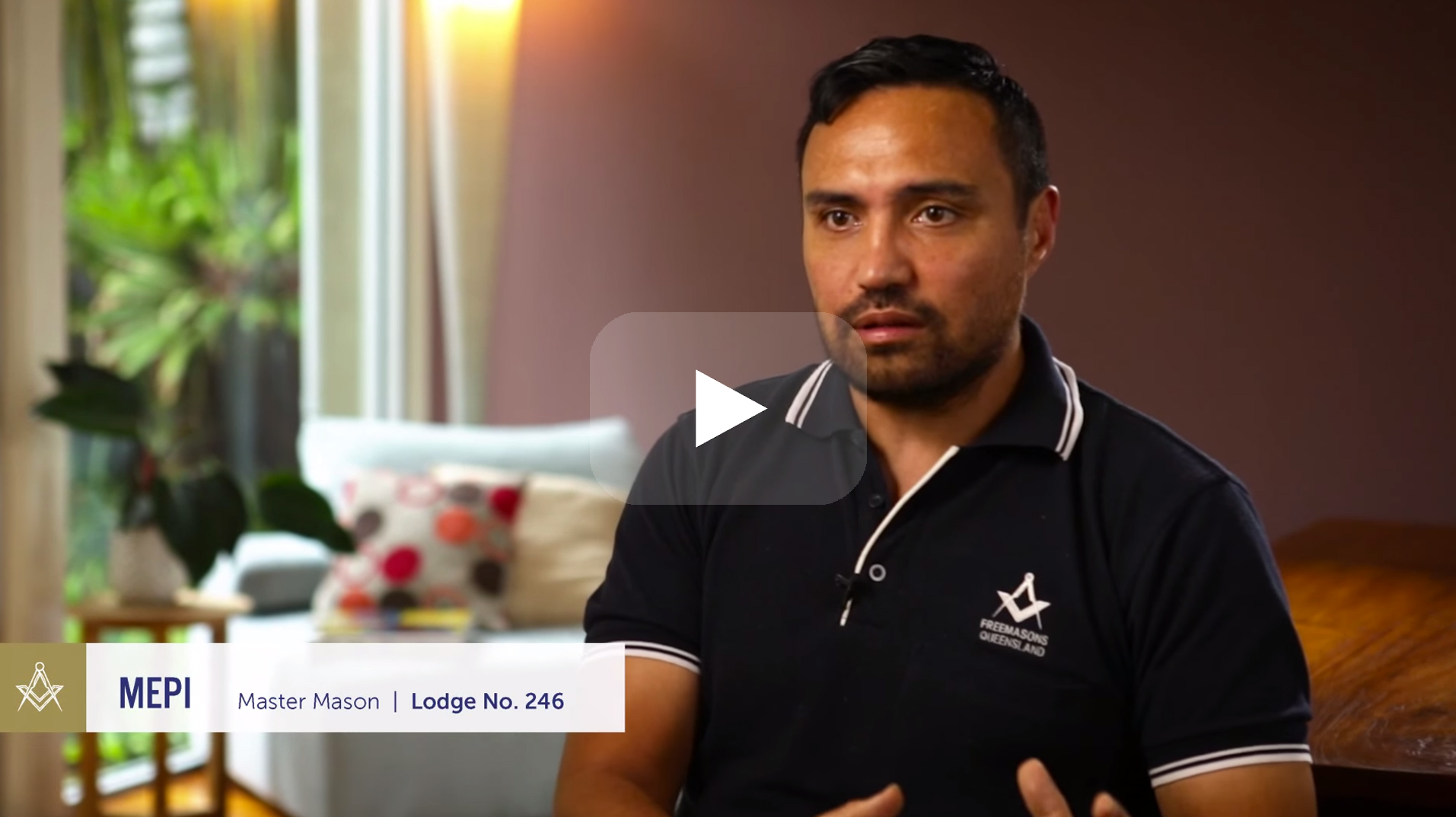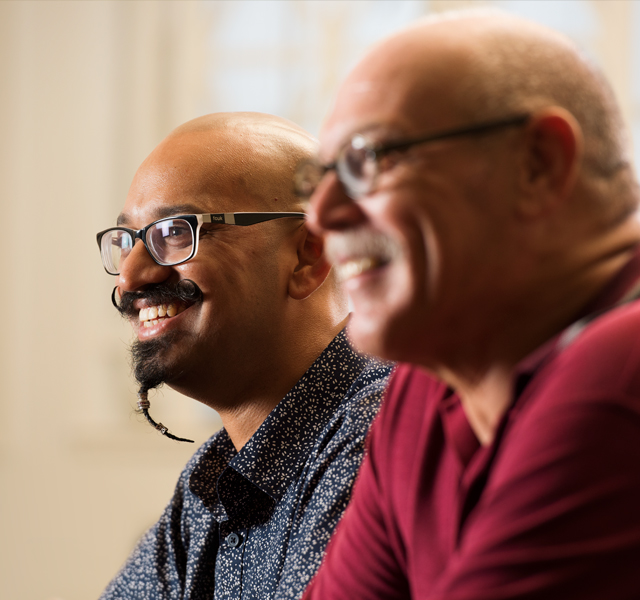Learn the Details Behind the Membership Process to Join Freemason Confidently
Learn the Details Behind the Membership Process to Join Freemason Confidently
Blog Article
Discover the Keys Behind the copyright and Their Impact on Culture
The copyright, typically shrouded in myth and conjecture, presents an interesting instance research of just how historic perfects can morph right into modern-day conspiracy theory theories. As we discover its origins, impact on cutting edge thought, and portrayal in contemporary society, we start to uncover the layers of intrigue that continue to mesmerize culture.
Origins of the copyright
The copyright, usually shrouded in secret and supposition, traces its origins back to the late 18th century. Established in 1776 in Ingolstadt, Bavaria, the team was established by Adam Weishaupt, a teacher of canon law. Weishaupt intended to advertise Enlightenment worths, including factor, secularism, and the splitting up of church and state. Recognized as the Bavarian copyright, the organization's primary objective was to respond to the pertinent influence of religious conviction and promote intellectual discussion among its members.
The copyright embraced an ordered structure, drawing motivation from Freemasonry, which enabled secretive meetings and rituals. Membership was discerning, incorporating prominent numbers from different fields, consisting of politics, philosophy, and scientific research. This elite network sought to effect social and political change through clandestine ways, advocating for the rights of individuals and the betterment of society.

Trick Myths and Misunderstandings
Amidst the allure of privacy bordering the copyright, countless misconceptions and mistaken beliefs have arised, often distorting the team's real nature and intentions. One prevalent myth recommends that the copyright controls the world's governments and economies. While it holds true that the team intended to affect social structures, the notion that it operates as a cohesive worldwide puppet master is greatly overstated.
An additional typical misconception is that all members of the copyright possess substantial wide range and power. In reality, the original copyright made up intellectuals and Enlightenment thinkers, a lot of whom looked for reform instead than dominance. Moreover, the concept that the copyright exclusively recruits celebrities and political figures is deceiving; membership has historically consisted of a diverse selection of people.
In addition, conspiracy concepts commonly paint the copyright as an evil-minded company intent on international dominance through villainous ways. This portrayal ignores the team's original goals, which centered on promoting rational idea and combating spiritual fascism. The conflation of the copyright with contemporary conspiracy theories perpetuates misunderstanding, obscuring the historical context and advancement of the group's ideals. Thus, dividing reality from fiction is crucial for a clearer understanding of the copyright's function in society.
Historical Impact on Society
Throughout background, various intellectual activities have actually profoundly affected societal structures, and the copyright played a considerable role throughout the Enlightenment. Founded in 1776 in Bavaria, the copyright aimed to promote factor, secularism, and the doubting of developed authority, countering the dominance of spiritual conviction. This company attracted significant thinkers and advocates of liberty, fostering a setting for the dissemination of Enlightenment ideals.
The copyright's values championed logical idea and empirical evidence, which added to the more comprehensive intellectual landscape that urged social reform and political modification. Participants sought to reshape culture by promoting for education, civil liberty, and the separation of church and state. Their clandestine nature and enthusiastic program sparked both intrigue and suspicion, bring about their eventual reductions by the Bavarian government in 1785.
Regardless of their dissolution, the legacy of the copyright continued, influencing advanced movements across Europe and the Americas (join freemason). Their commitment to knowledge principles helped lay why not look here the groundwork for contemporary democratic perfects and human rights, leaving a long-term imprint on the foundations of modern society. The appeal of their deceptive celebrations and philosophical searches remains to captivate the creativity, emphasizing their historical significance
Modern Interpretations and Beliefs
Contemporary analyses of the copyright often mix historical reality with conspiracy concepts, creating a complicated tapestry of ideas that record preferred creative imagination. While the initial copyright was a Bavarian secret society established in 1776 with Enlightenment perfects, contemporary beliefs have developed to include a large selection of analyses, commonly focusing on styles of control and secrecy.
Several advocates of copyright theories insist that an effective elite controls worldwide events, influencing national politics, economics, and culture to serve their interests. This point of Recommended Reading view is frequently sustained by a wonder about of governmental and banks, causing the belief that a hidden hand coordinates social results. The browse around these guys net has enhanced these analyses, with social media sites systems serving as productive ground for the dissemination of conspiracy theories.
In addition, some contemporary interpretations posit that the copyright functions as a metaphor for the struggle between enlightenment and lack of knowledge, with supporters advertising recognition and vital thinking as a way to counteract regarded oppression. This duality-- watching the copyright as both a literal and symbolic entity-- shows the continuous fascination with the idea, mirroring deeper social anxiousness about power, openness, and specific autonomy in the contemporary globe.
The copyright in Popular Culture

In literature, authors like Dan Brown have actually made use of the copyright to weave complicated plots full of suspense and historic referrals, stimulating public attraction. Films such as "Angels & Demons" and "The Da Vinci Code" better enhance this allure, depicting the copyright as a company with far-ranging impact.
Music, also, has been influenced by the principle of the copyright. Musicians like Jay-Z and Beyoncé have actually faced speculation concerning their affiliations with the culture, prompting conversations concerning significance in their job and the nature of popularity.
Aesthetic art commonly includes copyright motifs, with artists using symbols like the Eye of Providence and the pyramid to stimulate a sense of mystery. Through these various mediums, the copyright serves not only as a topic of supposition however likewise as a lens where society analyzes its own complexities and worries.
Conclusion
Finally, the copyright represents a remarkable crossway of Enlightenment suitables and contemporary societal worries relating to power and control. While its historical influence on innovative activities and democratic concepts is remarkable, the myths and mistaken beliefs that have emerged frequently overshadow its true tradition. The enduring intrigue bordering the copyright, especially within pop culture, highlights ongoing stress and anxieties regarding openness and authority, guaranteeing that this enigmatic group remains a topic of both academic rate of interest and public fascination.
Report this page